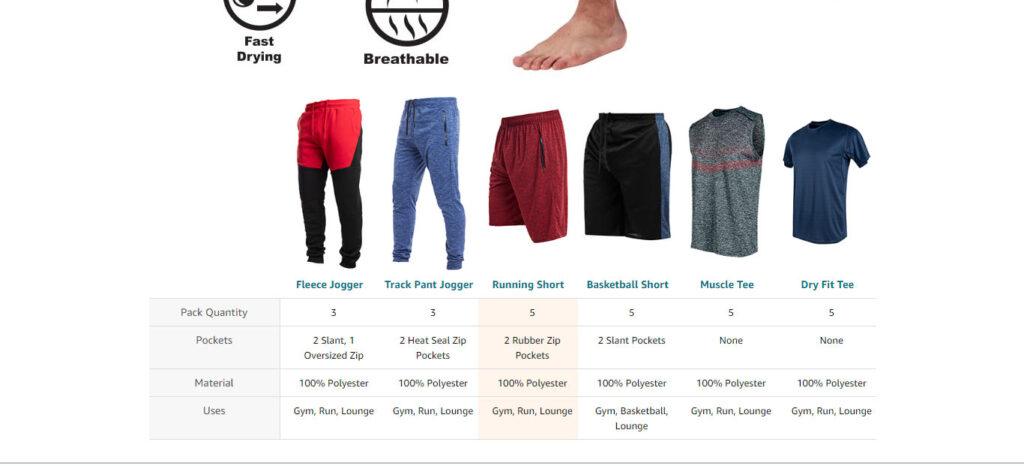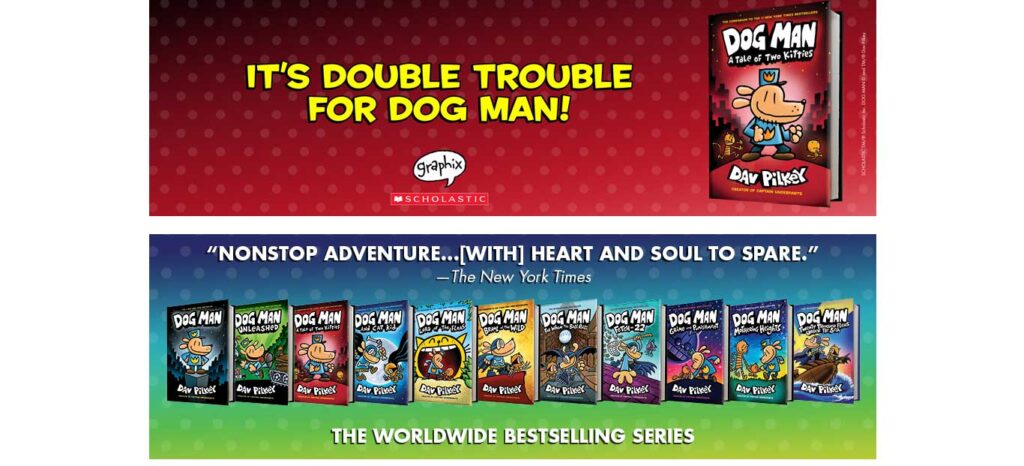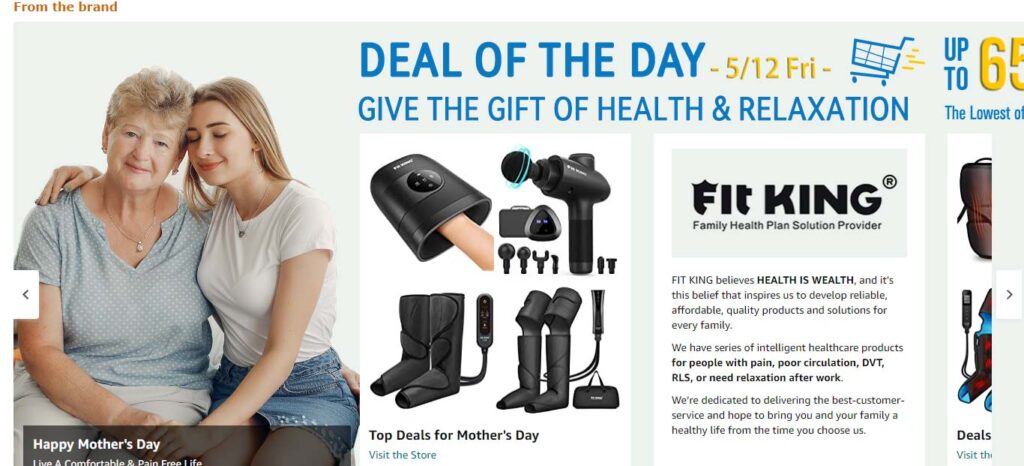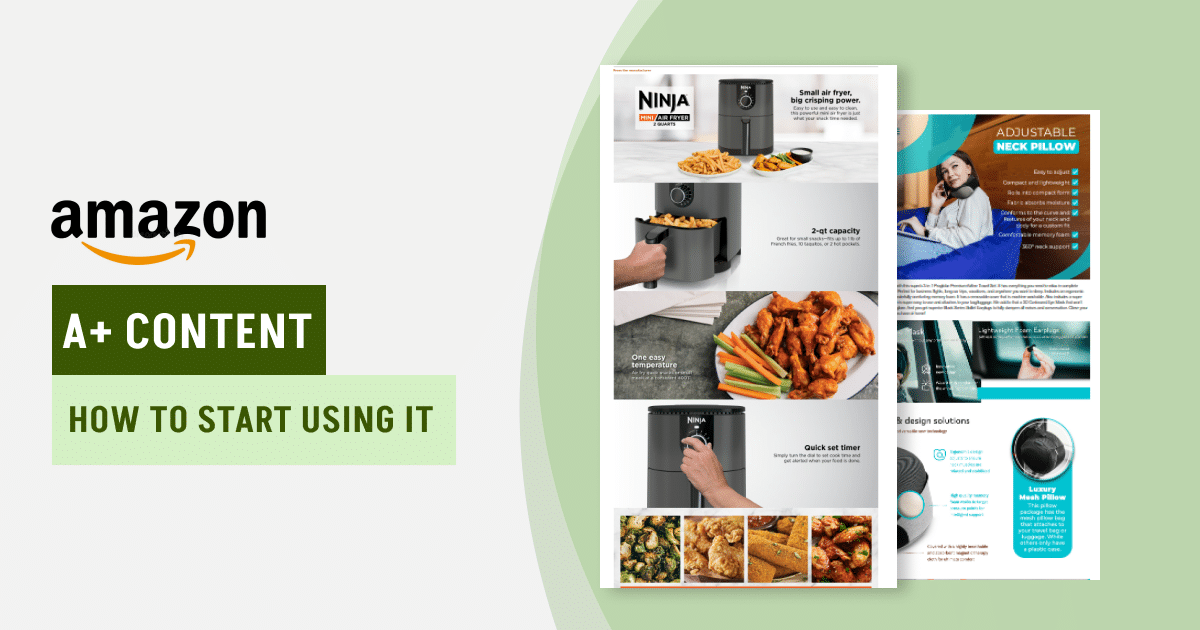Creating a product listing can be exciting whether you are a new or a veteran Amazon seller. After all, this is a new potential income stream for you. Who could blame you for getting a little excited?
But there’s a problem: a big wall of text doesn’t scream “buy me” to browsing customers. Thankfully, you can solve this problem with Amazon A+ Content.
A+ Content sounds great from a GPA perspective, but you must know how to use it first. Thankfully, we’ve got you covered in this beginner’s guide to A+ Content.
What you’ll learn in this article
What is Amazon A+ Content?
A+ Content is a custom block of text, product videos, or images to engage product page visitors. It’s meant to replace the standard body text under the product description.
A+ Content works for regular Amazon sellers and authors. Authors need to be using KDP (Kindle Direct Publishing). Before A+ Content, sellers could only include body text, which doesn’t help sales.
Below, you’ll learn more about how the A+ system works.
How Does A+ Content Work?
The Amazon A+ Content system provides pre-built combinations of text and images called modules. These modules can then be reused across multiple product pages.
Writers can use this to create an author profile to give potential readers something to connect with. For example, you might tell them about your background or mention your most famous book series.
Product sellers can use these modules as templates, swapping out the text and images depending on the product. This means you won’t have to know how to use design software to create engaging images and text products.
Do You Need Approval To Make Amazon A+ Content?
Thankfully, Amazon makes A+ Content available for all of its sellers. This includes members of the KDP publishing plan.
Amazon also lets you create an enhanced version: Premium A+ Content (discussed next). You must be a member of the Amazon Brand Registry to make it. Whether you use the standard or the enhanced version, Amazon has guidelines for making it.
What is Amazon A+ Premium Content?
Premium Amazon A+ Content is an advanced form of the content creation system only available to members of the Amazon Brand Registry. You might sometimes hear it referred to as A++ Content.
Premium users can use enhanced modules with better comparison charts, videos, and product carousels. Only brand owners can take advantage of these features.
Still, you don’t have to be a brand owner to start using A+ Content. But do you have to pay for it?
How Much Does Using Amazon A+ Content Cost?
The “standard” and Premium Amazon A+ Content tools are free. You don’t have to pay extra for any of these tools.
Premium A+ Content creators are members of the Brand Registry, which requires you to maintain a Professional Seller Membership. Professional sellers pay $39.99 per month.
How Can I Benefit from Amazon A+ Content?
Sellers leveraging A+ Content will see massive improvements to their experience from using it. Here’s a list of benefits:
- Better buyer engagement. Studies tell us that having more product images leads to a positive customer experience. By including a combination of pictures and text as users scroll down, prospective buyers are more likely to be interested in your product.
- Increased conversion rates. More engagement leads to more sales, as customers are likelier to buy something they connect with. Because our brains are visually driven, a customer who can see the product is more likely to be someone who will buy it.
- Improved customer experience. Few customers will work to read through a huge block of text to find out why they should buy from you. By replacing this with a combination of text, images, and video, your potential customer is less likely to bounce to the next product with a better description.
- Better product differentiation. More images and videos do a better job of defining your product as unique when compared to the competition. These images and videos are great for defining your brand’s unique personality. If you are looking for unique, trending products.
- Author connections. KDP authors have a unique opportunity to create an author profile, giving people more information about their background. This lets the reader know more about the author, resulting in a personal connection that could turn them into lifelong fans.
For most people, the promise of more sales is enough to push them forward. But sellers still need to work to create unique and compelling descriptions.
While A+ content gives you a competitive edge over those who don’t use it, more sellers adopt it daily. So it’s important to understand what prospective buyers look for.
Amazon’s A+ Content Guidelines (What You Can and Can’t Do)
Amazon is picky with what you can publish on its site, and A+ Content is no different. You can get the full list of content requirements on Amazon’s website, but here are some of the most important excerpts:
- No customer reviews. Because Amazon already has a section for customer reviews, this is redundant. So don’t include customer reviews, even from off the site.
- Avoid time-sensitive statements. Statements like “available now, new, or the latest release” are disallowed. It’s viewed as high-pressure selling, which affects the customer experience.
- No promotional details. Amazon has a separate area for discounts and promotions on your Seller Central. Much like with reviews, referencing promotions here is redundant.
- A maximum of four publication endorsements. If a magazine or online publication leaves you with a product review, you can use it. But, to avoid redundancies, Amazon doesn’t allow you to include more than four publication reviews.
- Know the technical image requirements. Support file image types include JPG and PNG and only in RGB. You also need to keep the file under 2 MB at 72 dpi. Beyond that, make sure you use a high-quality photo.
- Don’t compare yourself to others. Because Amazon hosts multiple products, they prohibit users from making statements that claim they are better than others. Comparing yourself to other products is also generally frowned upon in many industries.
- No off-site requests. Amazon prohibits any attempts to encourage buyers to contact you off the site. This means no “contact us” for any reason, even customer service. Don’t include emails, URLs, or phone numbers to encourage off-site requests.
- Nothing inappropriate. Like all product listings, Amazon frowns against anything mature. This means no violence or overt sexual content. If you are in the US, you also can’t mention alcohol.
Those familiar with writing content on Amazon will do best here. Following the general guidelines, you’ll have no problem uploading content to Amazon.
How To Get Started Making A+ Content As An Amazon Seller?
Now that you know more about what you can and can’t do, you can start. Let’s go over the instructions for Amazon Sellers and authors:
- Login to Amazon Seller Central.
- Hover over “Advertising” on the top menus and click the “A+ Content Manager“
- In the upper-right corner, click “Start creating A+ Content“
- Choose between enhanced product descriptions and additional content types
- Add details about the content (like its name and language) and click “add module“
- Choose the module that fits your needs and edit it
- Add in the ASINs you want this module to apply to
- Submit it and wait for Amazon to approve it (usually takes a week)
If you are an author or an unbranded seller, you won’t have enhanced content options. Otherwise, the process for creating A+ content is the same.
Examples of Amazon A+ Content You Can Use for Inspiration
One of the best ways to get started making content is through inspiration. This means taking a look at successful brands you can emulate.
Emulation means you can write down the ideas that inspire you, not steal them completely. So, be sure that whatever inspiration you take, you tweak it to fit your unique style.
Let’s start by taking a look at a basic example from this Chemex Pour-Over Glass Coffeemaker:

Chemex provides an example of what simple, clean graphics look like. This is an example of using the image-only module.
If you want to combine your text and images, this example from Ultra Performance works great:

The example above shows a comparison table between multiple products. This way, buyers can decide what product works best for them.
What’s great about this module is that it works for any product listing. So, you don’t have to reinvent the wheel each time you want to compare products. You just use what you’ve already made.
Authors can also leverage similar tools, which you can find in this Dog Man product listing:

Authors also have similar access to image-only content and text content modules.
Brands get the most power out of this. Here’s an example from Fit King, which features a brand-specific block with multiple products from their health-based lineup:

If you’ve been paying attention, you’ll probably notice that this features a limited-time deal (something Amazon frowns upon). Sometimes, Amazon lets a few product descriptions slip through the cracks.
This doesn’t mean you should try that, as you might be punished. It’s never good to test the terms of service.
An Example of the Normal Product Description
Let’s quickly compare this to what you could do before A+ Content was released. The example below features “Froot flavored” cereal straws:

The product description is concise, which might work for some buyers. However, a block of text is harder to read and rarely engaging.
Not everything needs to be a big, extravagant image catalog. Many of the most effective product descriptions on Amazon are just an image and a short blurb of text. Keeping it simple is typically the best option.
Speaking of the best, you’ll find some extra tips for A+ Content best practices in our next section.
Amazon A+ Content Best Practices
Now that we’ve seen the benefits, steps, and examples, let’s dig into some actionable advice. Below, you’ll find out a few of the best practices you can use when creating Amazon A+ Content:
- Use high-quality images. Do you know how we said the minimum image size requirement was 72 dpi? Well, you’ll want to go bigger, as high-quality images are required by Amazon and by the people.
- Make your content unique. You don’t want to copy your competitor despite how handy it is to take inspiration. Doing this will always put you behind your competition. Instead, emulate your competition while making the content you make uniquely yours.
- Optimize your listing for search. SEO, or search engine optimization, involves including keywords in your text. Keywords are what people type into the search bar. Be sure to include these keywords throughout your A+ Content.
- Create an FAQ. An FAQ (frequently asked questions) section answers common questions your buyers might have. Answering those questions addresses the buyer’s concerns, which increases your chance of making a sale.
- Don’t forget alt-image descriptions. Alt-image descriptions are found during the editing phase of module creation (see above). Be sure to include alt descriptions; they are a great place to include keywords and make your listing more accessible.
Above all, the most important part is to keep your stuff high quality. If you need help building high-quality images, Clipping Path has you covered.
Clipping Path Studio delivers affordable, high-quality photos. Experts handle your images personally, making them budget-friendly, fast, and simple.
Get a free trial today to discover how Clipping Path Studio can help your Amazon images look fantastic.
Wrap Up
Amazon A+ Content is a service for all third-party sellers and authors using the Amazon Marketplace. It’s free for everyone and easy to use, making it a great way to engage your potential buyers.
Members of the Amazon Brand Registry get enhanced content modules. So, if you can join the Brand Registry, you can engage your shoppers further. You can even list featured products in your description.
You can start making this content through your Seller Central or KDP account. Experimenting with the platform and trying out the different modules is great.
You can also take inspiration from others, but be sure to make your modules original. But best practices everyone can follow include using high-quality images, optimizing your listing, and answering your customer’s questions.
We hope the tips in this article will help you create some awesome content. It’s a simple way to enhance your content, so give it a shot and see how it works!

